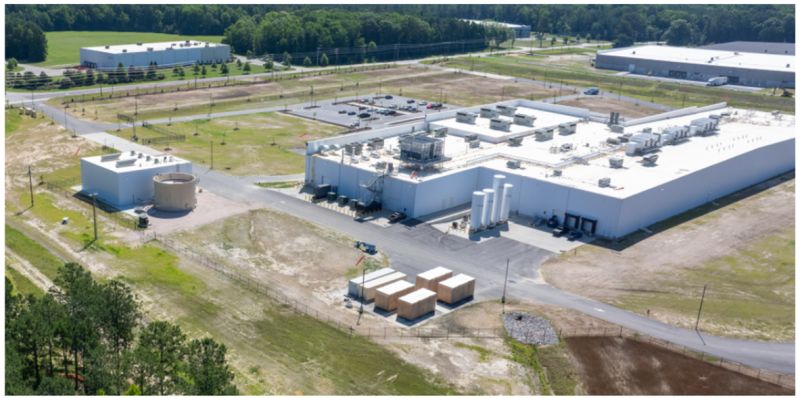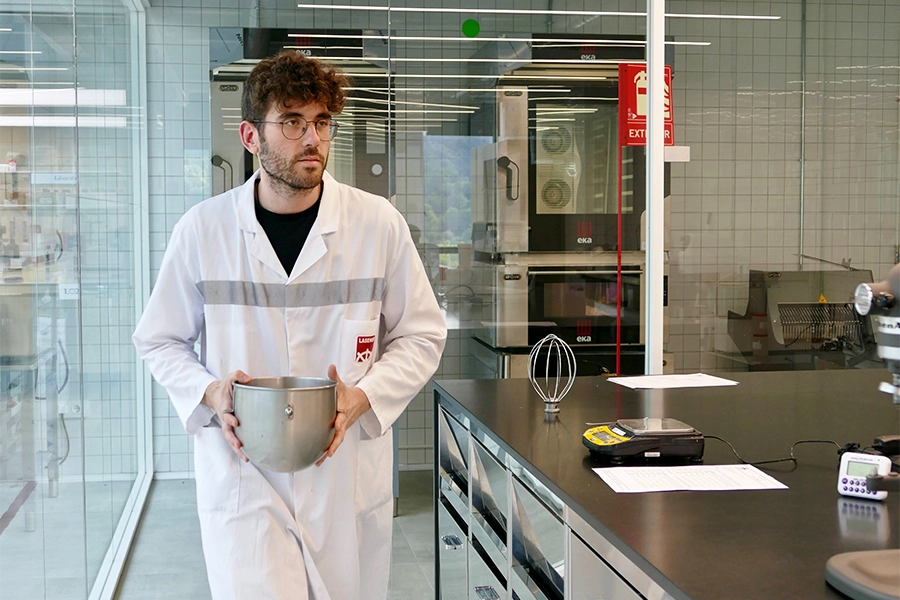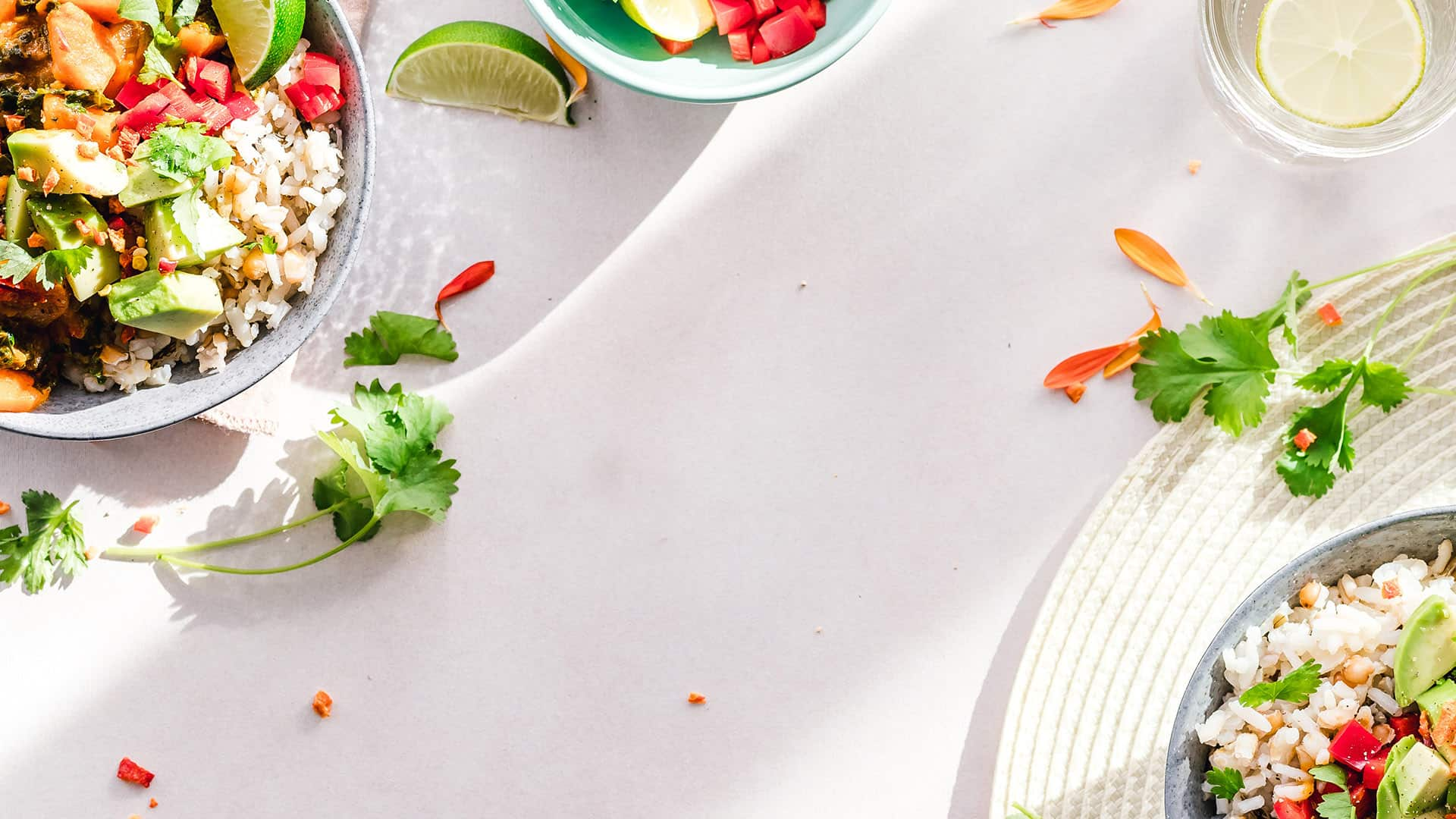
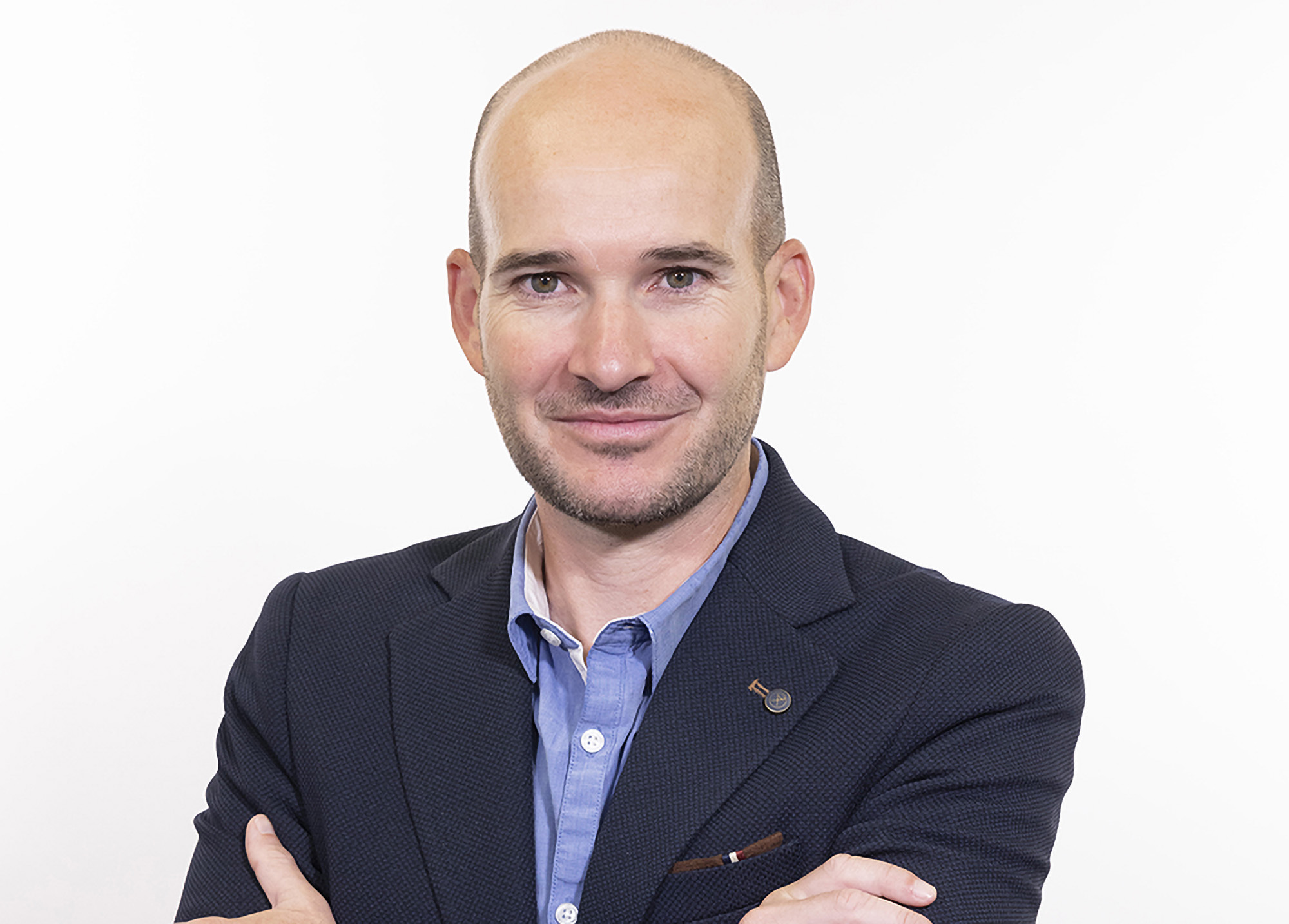
FPP Amsterdam 2025 Speaker Interview: How twin-screw extrusion is shaping the next generation of plant-based proteins
Clextral pioneered twin-screw extrusion for plant-based proteins more than three decades ago. Today, Mathieu Girodet, Sales Manager for the Benelux, UK, Ireland & Nordic countries, explains how advances in design, efficiency, and process control are helping manufacturers scale sustainable, affordable meat alternatives with unprecedented precision
Few technologies have done more to shape the modern alternative protein landscape than extrusion. For decades, twin-screw extruders have quietly powered the production of plant-based meats, snacks, and feeds – transforming dry powders into textured proteins that mimic the structure and chew of conventional animal meat. But as the global appetite for meat alternatives accelerates, so too does the sophistication of the machinery behind them.

At the forefront of that evolution stands Clextral, a pioneer in twin-screw extrusion technology with more than 30 years of experience in the field. From early work on textured vegetable proteins to today’s high-moisture fibrated meats, the company’s expertise has helped define how the world manufactures plant-based foods. For Mathieu Girodet, Sales Manager for the Benelux, UK, Ireland & Nordic countries, that long history brings a unique vantage point.
“When we began working on texturized vegetable proteins decades ago, no one imagined how far this category would go,” Girodet says. “Today, extrusion is one of the most efficient and scalable ways to transform plant proteins into realistic meat alternatives.”
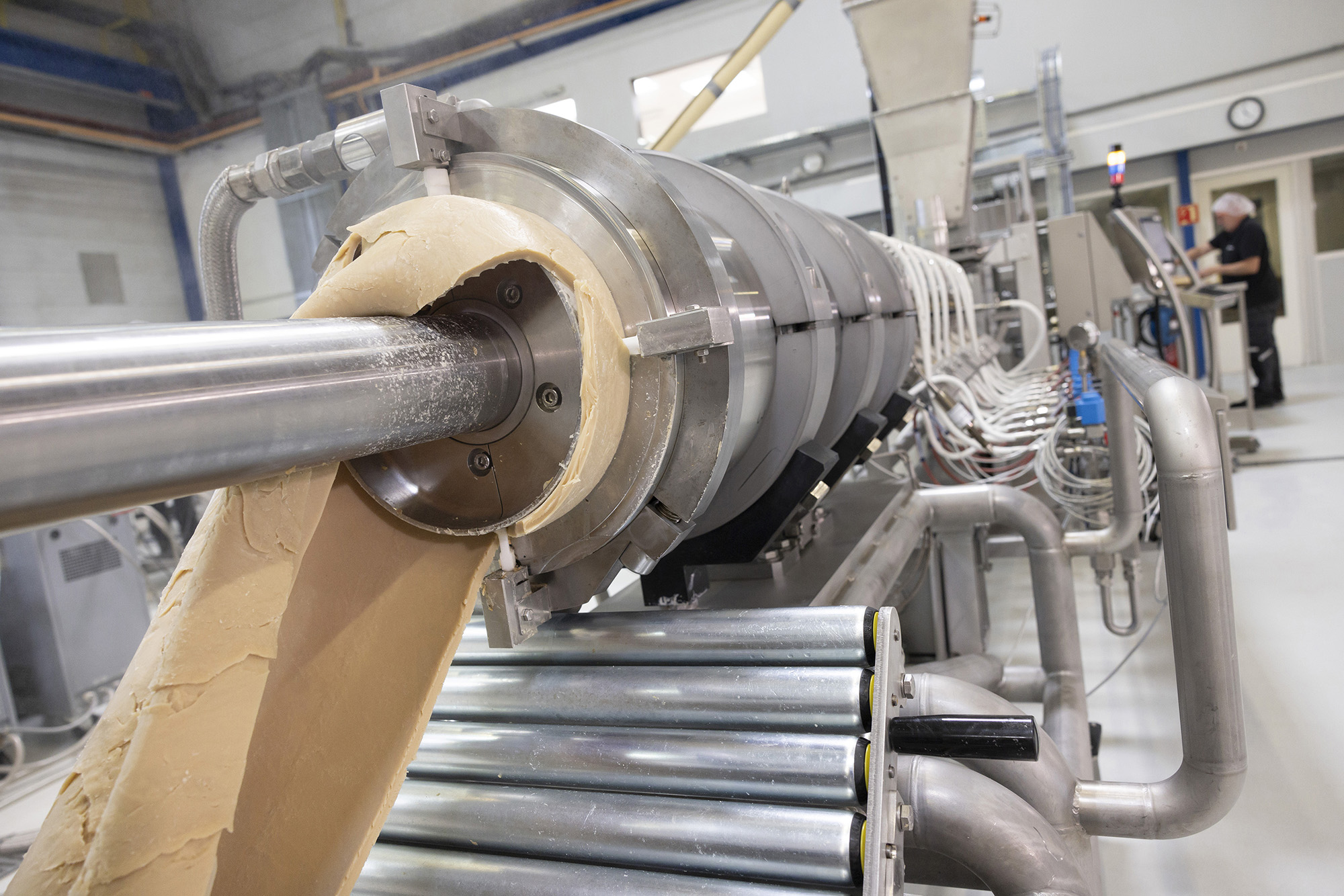
A continuous, scalable foundation
The principle behind twin-screw extrusion is deceptively simple: two intermeshing screws rotate within a heated barrel, mixing, compressing, and cooking protein-rich ingredients under tightly controlled conditions of temperature, shear, and moisture. The result is a homogeneous, cooked mass that can then be shaped, cooled, and dried into any number of final forms – from chewy, fibrous fillets to crisp, expanded snacks.
For plant-based producers, that control and continuity make extrusion indispensable. “It’s already well established and can be easily scaled from R&D to large production,” Girodet explains. “The same technology that helps a startup prototype a new product can later run at industrial capacity with minimal change.”
That scalability allows Clextral’s customers to innovate quickly while de-risking investment. Continuous processing ensures consistent quality, high throughput, and traceability – attributes increasingly critical as alternative proteins move from niche to mainstream manufacturing environments.
From powders to protein structure
The transformation inside the barrel is both physical and chemical. Proteins denature, unfold, and realign under heat and pressure, forming new bonds that define the product’s texture and water-holding capacity. “The texturization happens before the die,” Girodet says. “By controlling the mechanical energy, temperature profile, and moisture level, we can steer how those proteins reorganize. The cooling die then locks that alignment into a stable, fibrous structure.”
In high-moisture extrusion (HME), where formulations can contain up to 80% water, Clextral’s systems use a long, temperature-controlled cooling die to optimize that fibration. The result is a product with the muscle-like layering, juiciness, and bite of real meat.
For low-moisture extrusion, the physics are slightly different. With water contents closer to 20-25%, proteins expand as they exit the die, producing porous, dry textured vegetable proteins (TVP) that can later be rehydrated for use in burgers, sauces, and ready meals. The process relies on precise control of shear and pressure. “If shear or temperature are too low, the proteins don’t cook enough,” Girodet explains. “You lose structure and get a crumbly, uneven texture. Everything depends on achieving the right viscosity at the right time.”
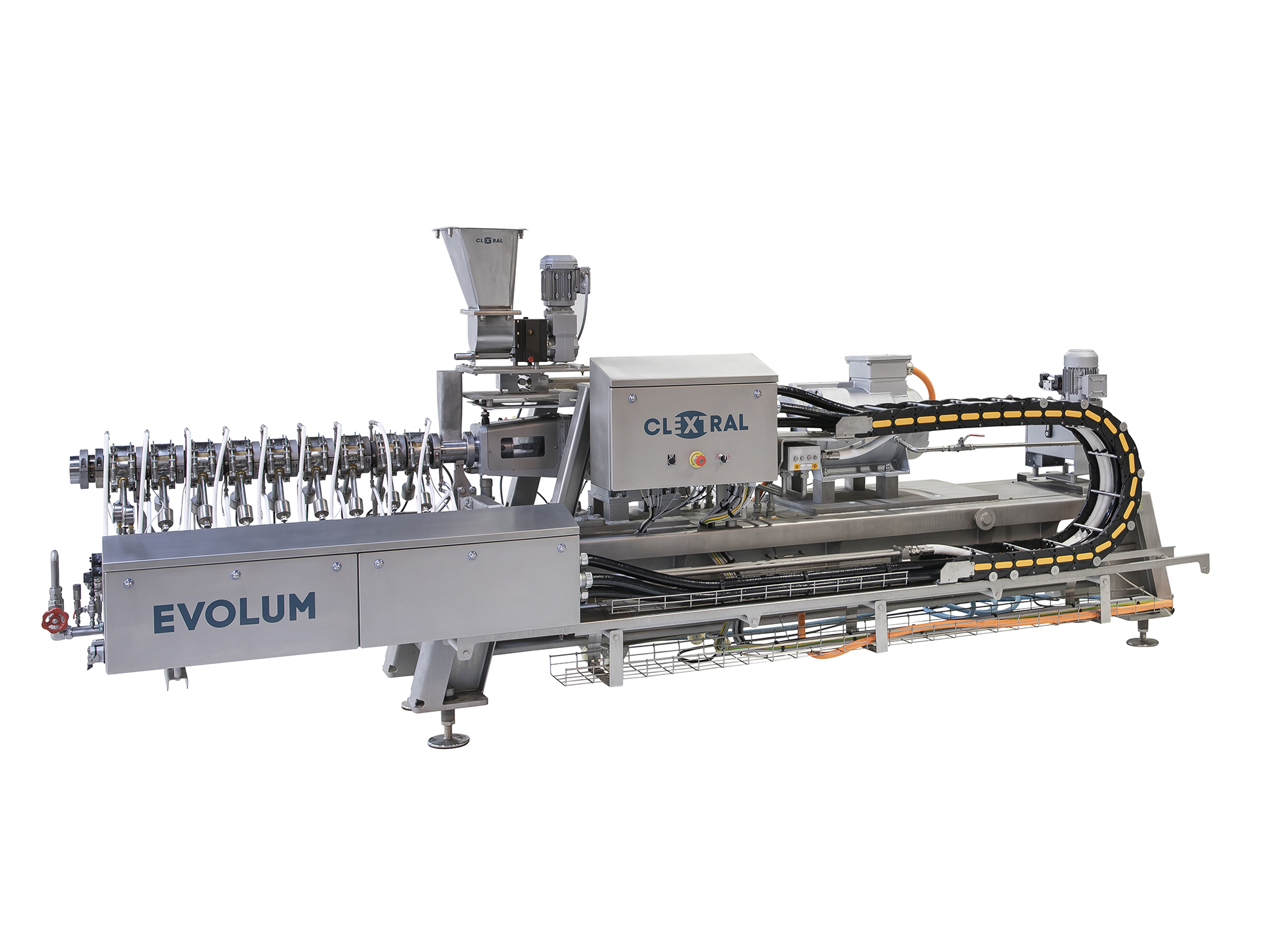
Flexibility as a design principle
That need for precision is reflected in Clextral’s engineering philosophy. Its twin-screw extrusion systems are designed for flexibility and reliability across a wide variety of ingredients and applications. Output capacities range from 20 kg/h at pilot scale to 4,000 kg/h for full production, depending on the formulation. Dies and cutters can be swapped to produce different shapes – from granules and flakes to thick chunks and fillets – while modular screw configurations enable fast adaptation to new recipes.
“The majority of textured vegetable foods are produced by low-moisture extrusion,” Girodet says. “But the same system can process soy, peas, wheat, fava beans, lentils, or sunflower proteins with minimal adjustment. You can add starches, flours, or flavorings and create completely different textures and appearances.”
That versatility has made twin-screw extrusion indispensable not only for plant-based meats but also for healthy snacks, protein crisps, pet foods, and fish feed. “We’re seeing strong growth in these adjacent categories,” Girodet notes. “The same principles apply – you’re using mechanical and thermal energy to shape proteins – but the end goals differ. Sometimes you want expansion and crunch; sometimes you want chew and bite.”
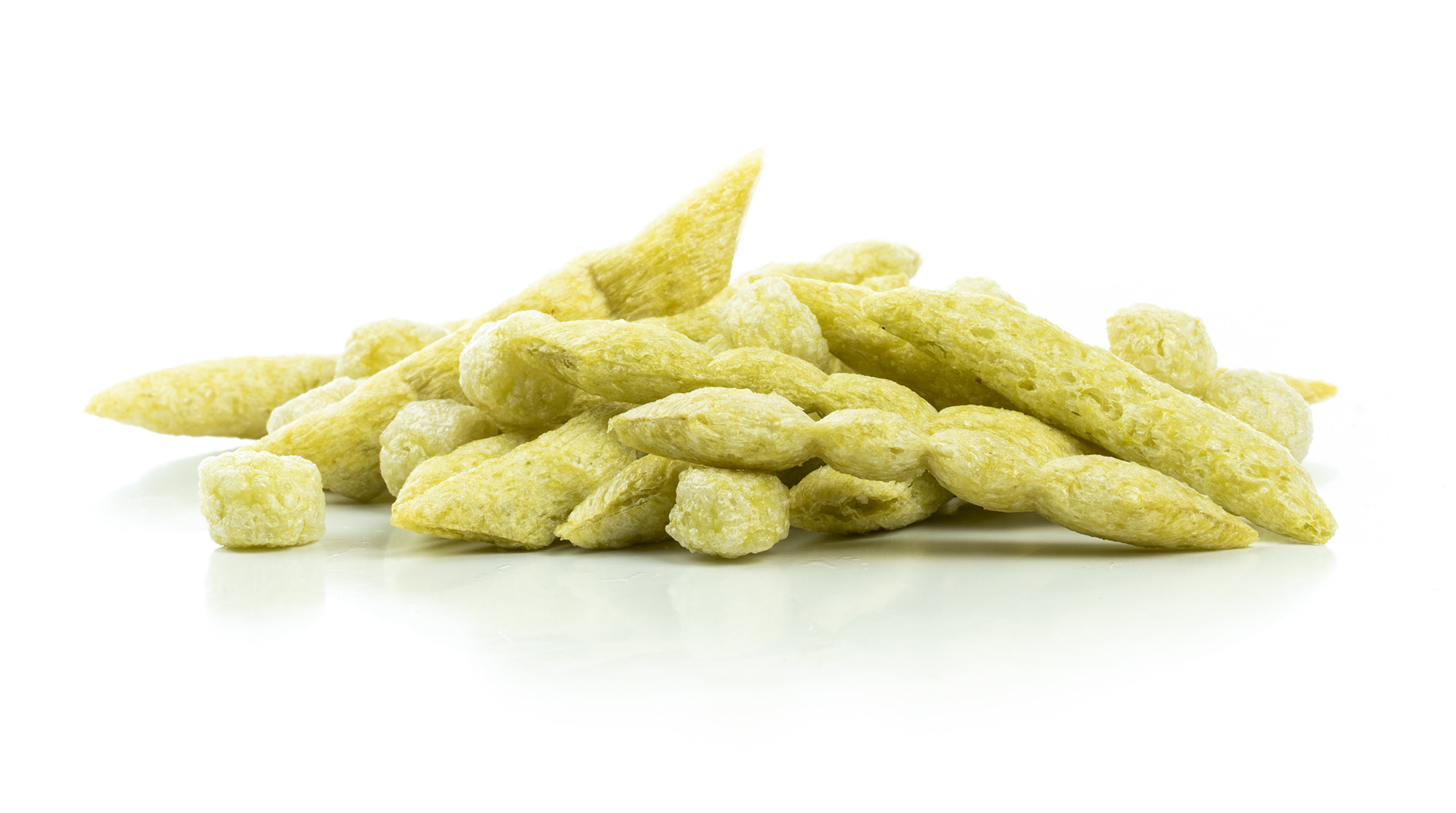
Lower costs through efficiency
With production costs still one of the biggest hurdles for plant-based foods, extrusion’s efficiency is central to making these products price-competitive. Clextral’s systems deliver high throughput – up to 1,200kg/h for high-moisture products and 4,000kg/h for dry extrusion – while optimizing energy consumption.
“Our EVOLUM+ range includes Advanced Thermal Control (ATC), which ensures perfect thermoregulation in the barrel modules,” Girodet says. “By minimizing temperature fluctuations and stabilizing the process faster, we achieve significant energy savings while keeping quality consistent.”
“The race to higher productivity without compromising quality is still the main technological frontier”
That control also shortens changeovers and reduces waste – two more levers for improving overall economics. “High productivity is key, but it’s just as important to optimize every stage of the process,” he adds. “The goal is to make alternative proteins not only sustainable but also truly affordable.”
Hybrid systems and new protein frontiers
For companies developing both dry and wet products, Clextral offers hybrid extrusion lines that can alternate between TVP and HME applications with minimal downtime. “It’s ideal for R&D,” Girodet says. “You can experiment with both processes, refine recipes, and then scale up using the same technology base.”
This adaptability also positions Clextral to support the integration of novel protein sources – from mycoprotein to insect meal – into mainstream production. “We’ve already tested these successfully,” Girodet says. “Mycoprotein works very well in high-moisture extrusion, and insect meal is already used in pet and fish feed. The technology is ready. The question is more about consumer acceptance.”
The company’s Novel Protein Products (NPP) lines illustrate that readiness. These next-generation fibrated ingredients, made with High Moisture Extrusion Cooking (HMEC), offer meat-like textures with a dramatically lower environmental footprint – up to 95% less than beef and 12% less than chicken. They contain no cholesterol, have low fat content, and are rich in protein and fiber. “They can be used as ingredients for vegetarian or vegan dishes or as the base for ready-to-eat meals,” Girodet says. “It’s a healthy and environmentally responsible alternative.”
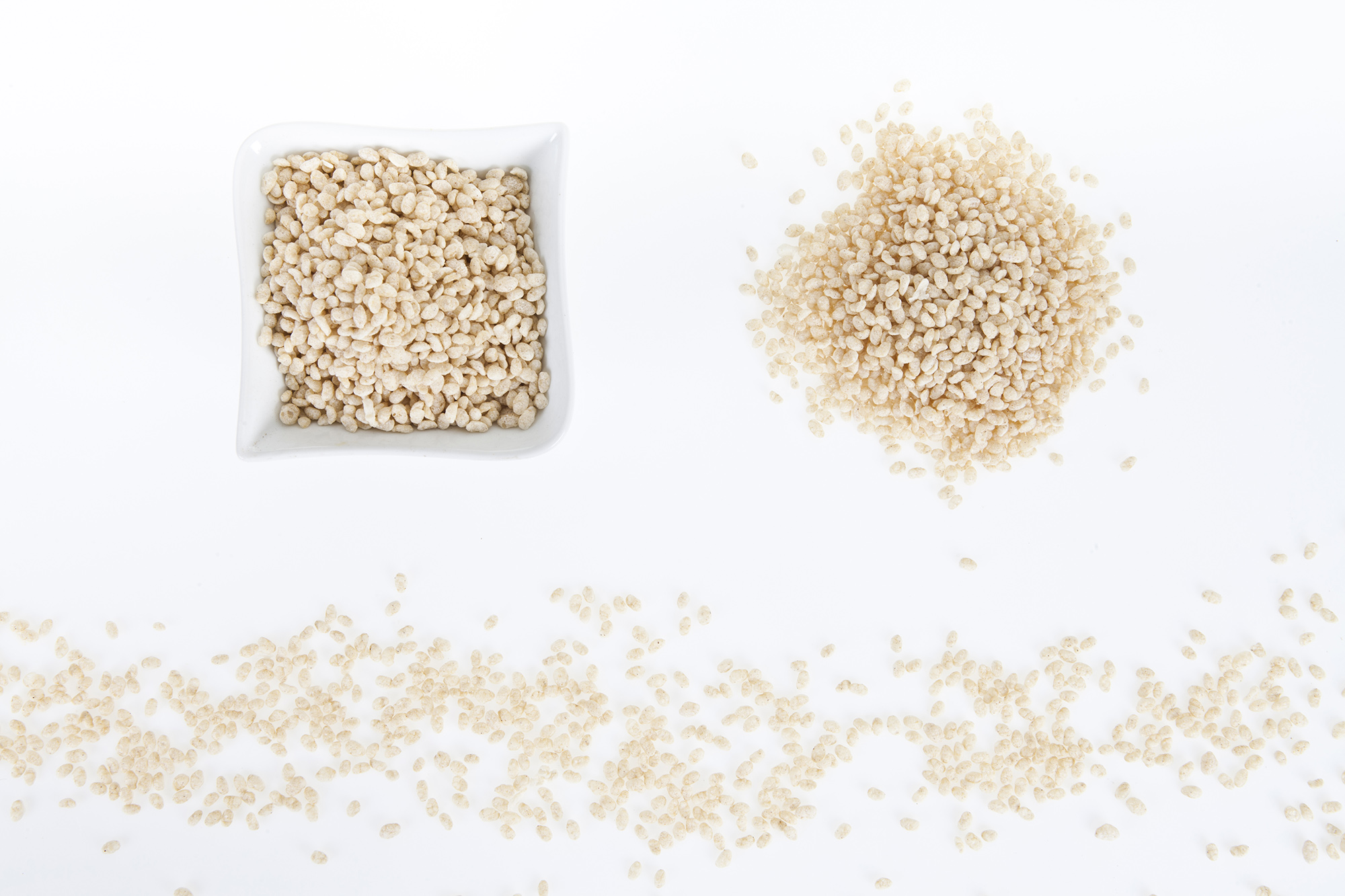
The science of shaping
Behind these innovations lies decades of R&D in die and screw design – the parts of the system that most directly influence texture. Clextral’s engineers continuously refine die geometry, cooling profiles, and flow dynamics to enhance fibrillation and boost throughput. Recent developments such as the High-Capacity Die (HCD) and Galaxy Technology series allow for higher outputs and new kinds of fibrous structures.
“Every improvement in die design helps us make better products, faster,” Girodet says. “It’s about increasing capacity without compromising on texture quality. That’s where a lot of our innovation is focused right now.”
Collaboration and customization
Clextral works closely with universities and food technology centers around the world to develop and validate new processing methods. Most development, however, happens internally within the company’s pilot plants, where customers can test their own formulations on production-scale equipment before committing to a line.
“No two customers are the same,” Girodet says. “They use different raw materials and want different textures or shapes. Customization is therefore essential if we want to optimize productivity for each project.”
That philosophy has made Clextral not just a supplier of machinery but a technical partner helping manufacturers navigate the complex science of protein structuring.
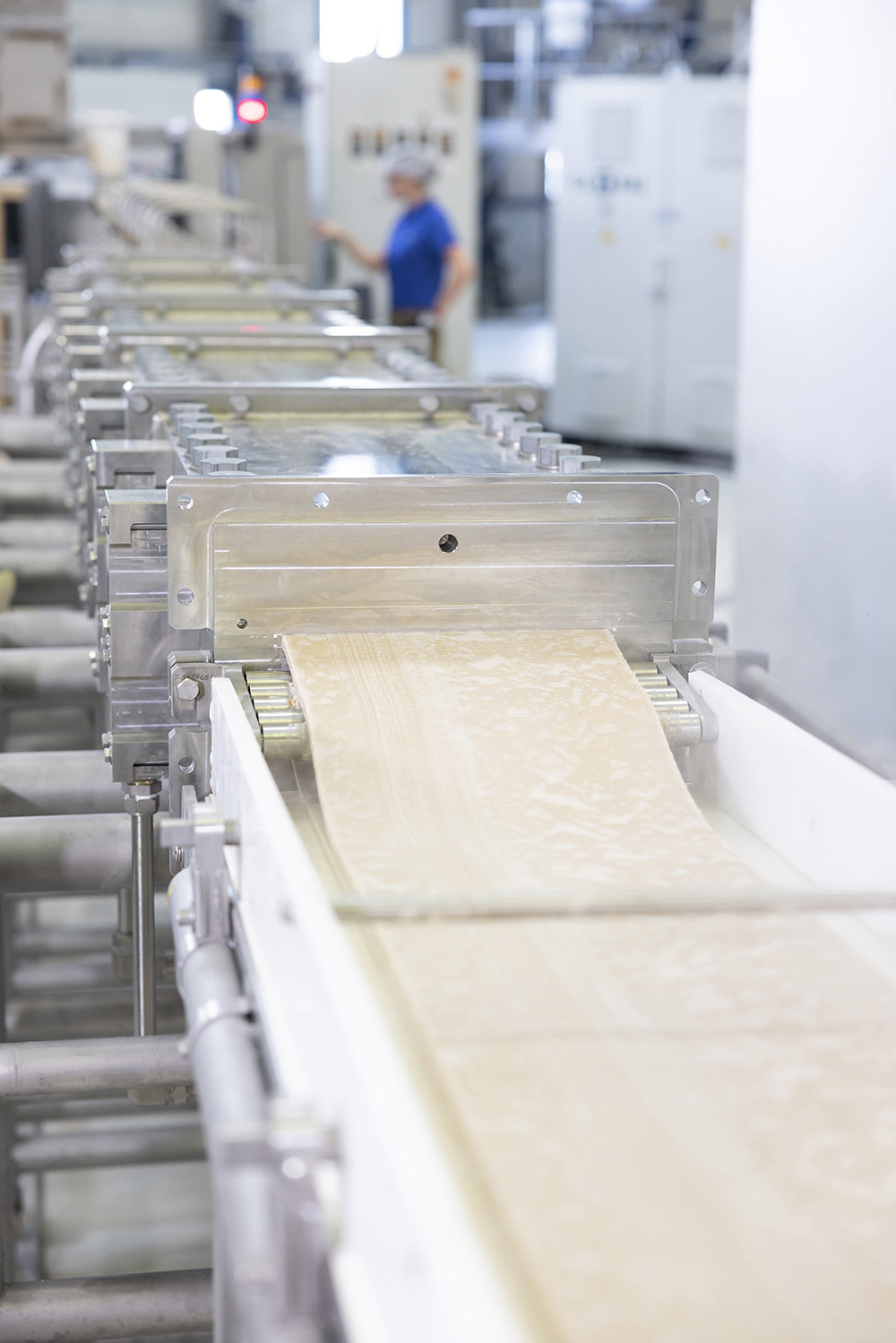
What comes next
As the alternative protein sector matures, Girodet expects digital monitoring, automation, and eventually AI-driven control to become integral to extrusion. “It’s starting to appear, but we’re still at an early stage,” he said. “The potential is huge – real-time parameter adjustment could ensure perfect texture consistency and even predict maintenance needs before downtime occurs.”
For now, the focus remains on practical innovation: more efficient dies, smarter cooling, and continuous gains in productivity and sustainability. “The race to higher output without compromising quality is still the main technological frontier,” Girodet says. “Our goal is to keep improving the process so that our customers can make better, more affordable, and more sustainable foods. That’s the mission that drives us.”
Mathieu Girodet is one of more than 100 speakers taking to the stage at The Future of Protein Production Amsterdam on 29/30 October 2025. To join him and more than 1,000 other attendees, book your conference ticket today and use the code, 'PPTI10', for an extra 10% discount on the current rate. Click here
If you have any questions or would like to get in touch with us, please email info@futureofproteinproduction.com


